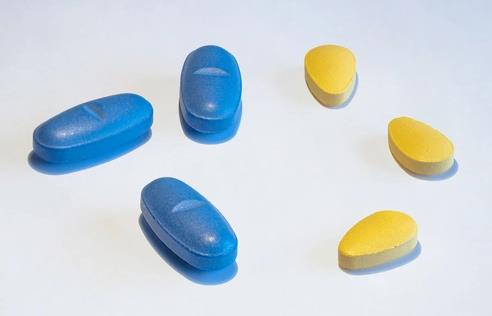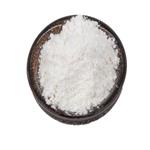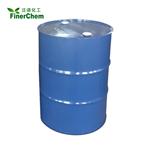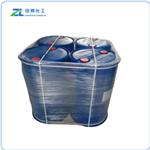The Synthesis of Sulfolane
Nov 24,2022
Sulfolane is a clear, colorless liquid commonly used in the chemical industry as an extractive distillation solvent or reaction solvent. Sulfolane was originally developed by the Shell Oil Company in the 1960s as a solvent to purify butadiene. Sulfolane is an aprotic organosulfur compound, and it is readily soluble in water.
Sulfolane is widely used as an industrial solvent, especially in the extraction of aromatic hydrocarbons from hydrocarbon mixtures and to purify natural gas.
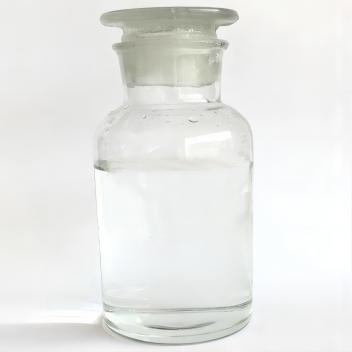
Synthesis
The original method was to first allow butadiene to react with sulfur dioxide. This yields sulfolene, which is then hydrogenated using Raney nickel as a catalyst to give sulfolane.
Soon thereafter, it was discovered that both the product yield and the lifetime of the catalyst could be improved by adding hydrogen peroxide and then neutralizing to a pH of roughly 5-8 before hydrogenation.
Developments have continued over the years, including in the catalysts used. Recently, it was found that Ni-B/MgO showed superior catalytic activity to that of Raney nickel and other common catalysts that have been used in the hydrogenation of sulfolene.
Additional synthesis have also been developed, such as oxidizing tetrahydrothiophene with hydrogen peroxide. This first produces tetramethylene sulfoxide, which can then be further oxidized to tetramethylene sulfone. Because the first oxidation takes place at low temperature and the second at relatively higher temperature, the reaction can be controlled at each stage. This gives greater freedom for the manipulation of the reaction, which can potentially lead to higher yields and purity.
- Related articles
- Related Qustion
- Sulfolane: Applications in Analytical Chemistry and its Treatment in Groundwater Aug 21, 2024
Sulfolane excels in gas chromatography equipped with flame ionization detection for volatile compounds but challenges groundwater remediation due to high mobility.
- Is sulfolane a green solvent? May 15, 2024
Sulfolane has previously been considered a safer dipolar aprotic solvent, as sulfolane has much lower skin permeability than DMSO, DMF, DMAc, and NMP.
- Uses of Sulfolane Dec 31, 2019
Sulfolane (1λ6-thiolane-1,1-dione) is an organosulfur compound, formally a cyclic sulfone, with the formula (CH2)4SO2.




